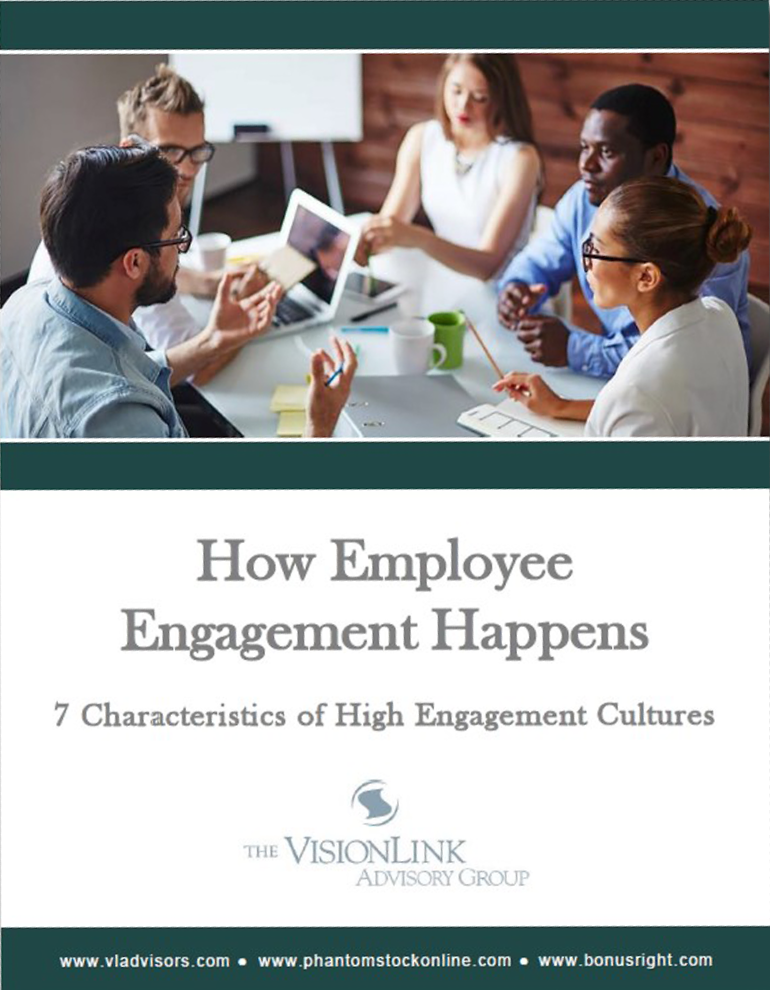
Free Report
How Employee Engagement Happens
Unlock Employee Passion & Commitment
How can so many business leaders devote themselves to improving employee engagement, yet so few succeed at it? Is there some hidden secret to winning the hearts and minds of employees? If so, who controls it? What exactly is it that keeps good, talented people from completely engaging in their roles?
These kinds of questions have been torturing chief executives for years. They all believe that an engaged workforce is critical to their success, but most are still in search of an effective strategy for creating one. But perhaps that’s the problem. Company leaders are treating engagement as a strategy, when in reality, it is something that can only be developed organically.
Download this report to discover how this natural evolution takes place and what you can do to accelerate its development in your company.
In this guide to improved employee engagement, you will learn:
- The 4 principles that govern change in people’s behavior.
- Why you must clearly identify what you want your employees to be before you can expect them to fully engage in their roles.
- What your people must believe before they will give you their full commitment.
- The 7 characteristics that are present in companies that experience sustained employee engagement.
Ready to Speak with a Compensation Expert?
Call 1-888-703-0080 or complete our contact form.